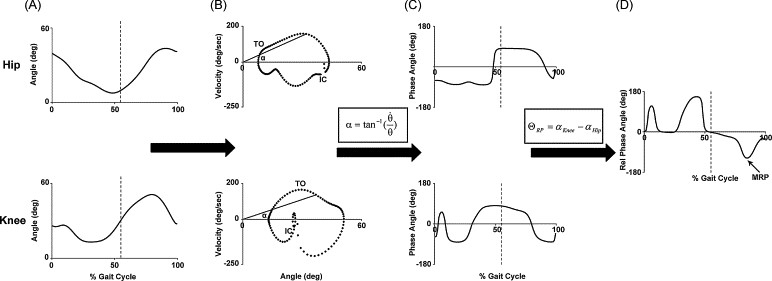You are here
Motor Function and White Matter Outcomes Following an Intervention Targeting Skilled Lower Extremity Movement for Children with Bilateral CP
Speakers
Abstract:
In spastic cerebral palsy, damage to descending corticospinal tracts of the immature brain results in reduced selective motor control. Selective motor control is the ability to produce isolated joint movement with the required speed, strength and reciprocity to perform a given task. When selective motor control is impaired, mass flexor and extensor patterns and undesired movements at non-agonist joints, including mirroring, often occur. In the lower extremities, selective motor control can be evaluated using clinical examination and biomechanical analyses. Abnormal coupled movement of the hip and knee during gait is a hallmark of poor selective motor control that can be studied using a dynamic systems approach. Obligatory mirroring further impairs functional performance and reduced motor output occurs when mirroring is inhibited. Preliminary results of a selective motor control intervention on motor performance and microstructure of brain white matter tracts will be presented.

Method to calculate relative phase angles between the hip and knee: A) time series kinematics, B) velocity-angle phase portraits, C) phase angles and D) relative phase angles. The minimum relative phase angle (MRP) indicates independence of the knee and hip joints during swing. Maximum independence = -180 degrees. Fowler EG and Goldberg EJ. Gait Posture 29:102-7, 2009

